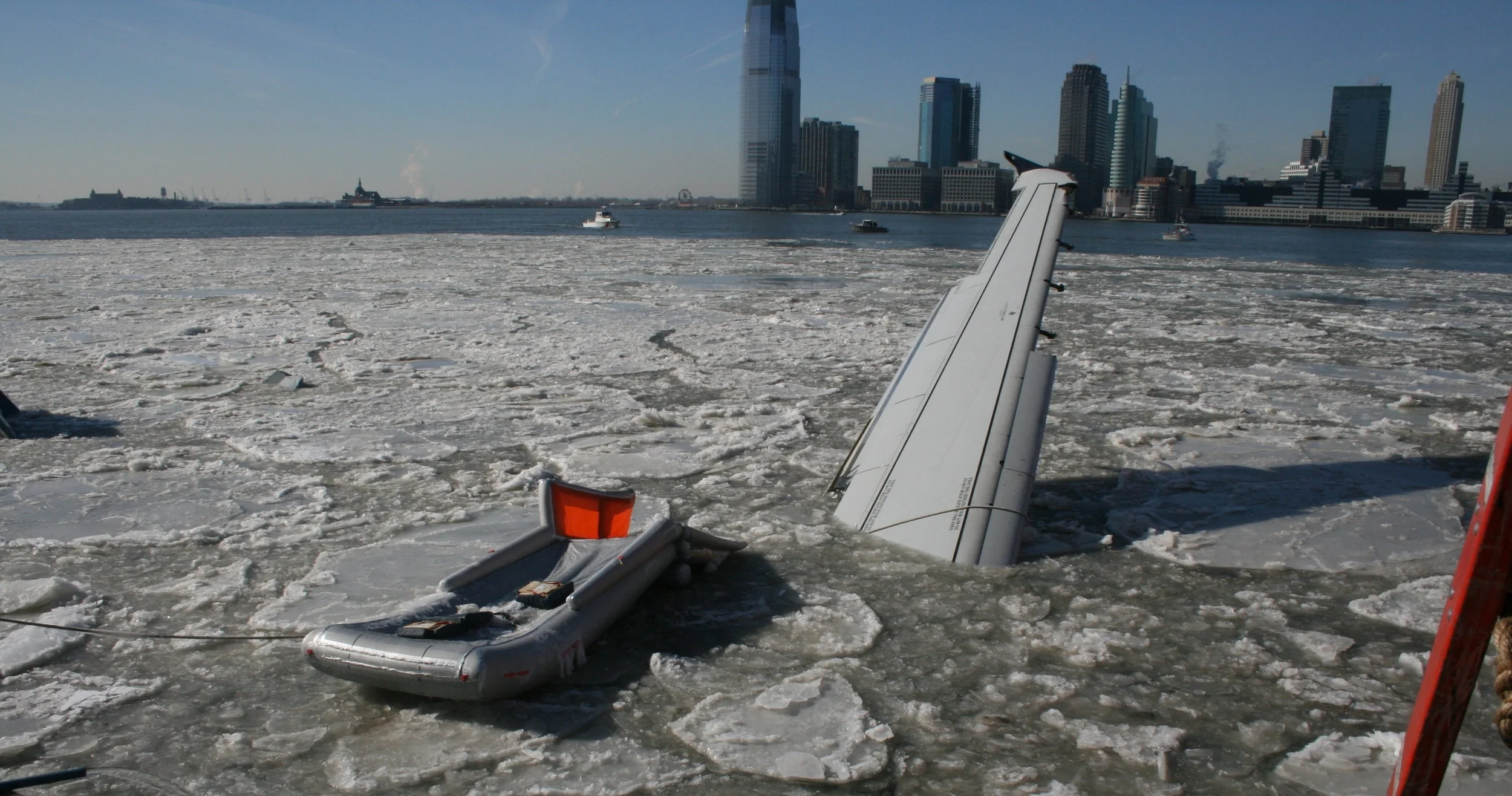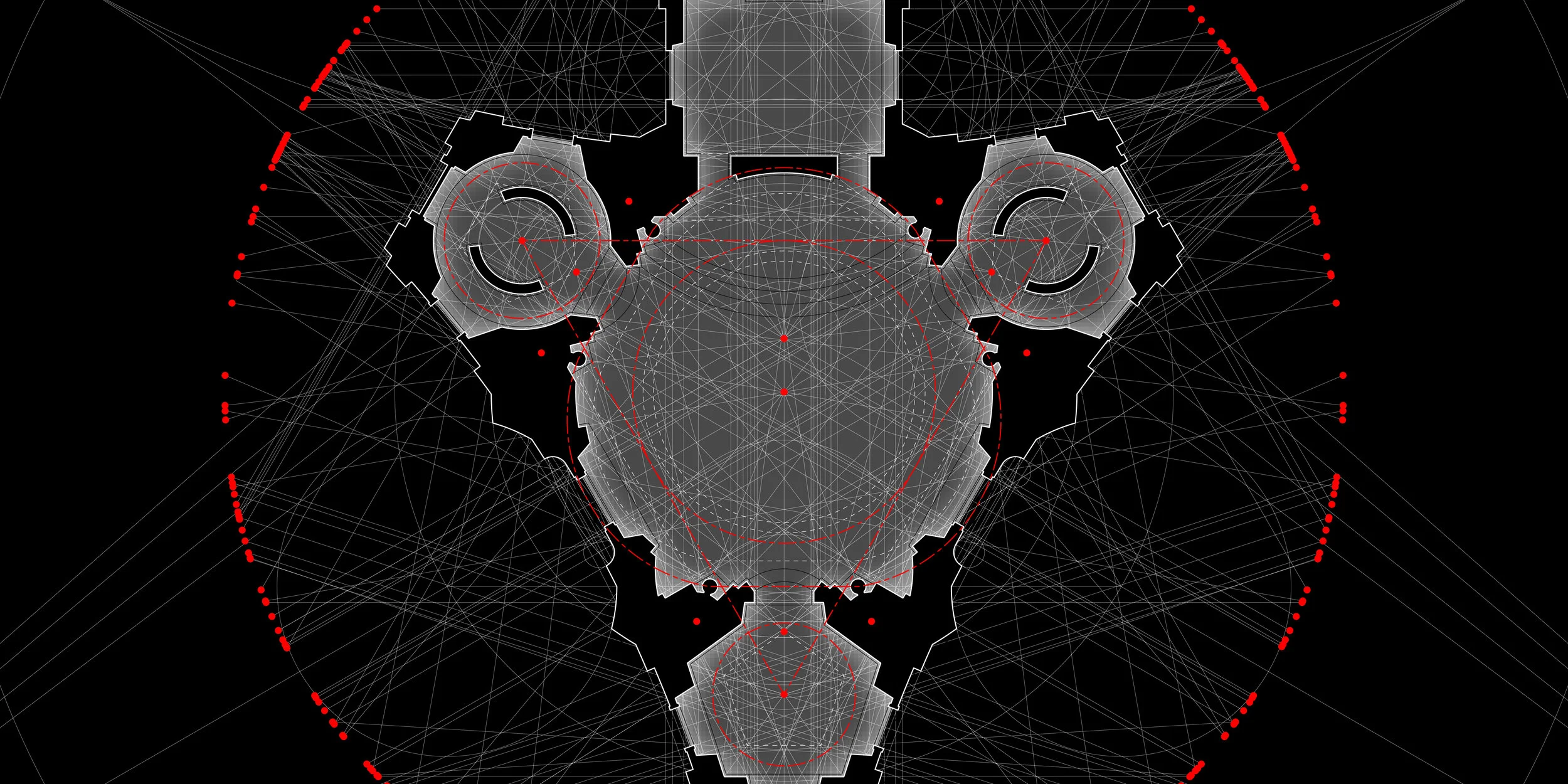About
Seoraksan National Park, South Korea - 2016
I’m a Product Designer with a multidisciplinary background and over 20 years experience in the trenches. Formal education and early professional work in architecture laid a foundation at the intersection of design, technology, and human interaction. Interest in spatial analysis led to civic work in geographic information systems (GIS), data visualization work in the digital product space - and eventually a career in product design. My path is a bit unique, and so I’ve dedicated some time to explanation here.
I spent my early professional years in New York City designing, building, and rendering three dimensional, digital architectural models for high rise construction jobs in Manhattan and beyond. I attained my license to practice in the state of New York, but I was developing an interest in the performance of those buildings, the zoning parameters that spawned them, and their effects on the surrounding neighborhoods. Having dabbled in GIS work in graduate school, I took a professional leap into city government to join the NYC Office of Emergency Management's GIS Division.
Under a post-9/11 US Department of Homeland Security Urban Areas Security Initiative (UASI) grant, OEM was hiring architects to work on spatial data sets for infrastructure systems like the subway. During my time at OEM, I responded to major incidents like the 2008 Upper East Side Crane Collapse, performing field data collection and analysis in support of first responders. I also developed and managed an international design competition for urban post disaster housing in the wake of Hurricane Katrina. The competition was launched by Mayor Bloomberg, funded by the Rockefeller Foundation and presented at FEMA headquarters in Washington. It resulted in the housing prototype currently standing on Cadman Plaza in Brooklyn.
During this time, I was maintaining a personal creative portfolio that picked up some momentum via publications and exhibitions that was eventually noticed by the folks at Amplify. They brought me on to develop the data visualization paradigm around a massive student data platform funded by the Gates Foundation. When I arrived it was clear that the team needed more help with the overall experience design than with the data visualization component, so I quickly pivoted to focusing on the wholistic user experience. I moved on to an ACD role in Amplify Labs - their internal R&D shop and incubator where we tested a range of ideas with teachers and students - including Google Glass prototypes for teachers. Lastly, I landed as Associate UX Director on their K-8 Math product and a new Reporting Platform.
Currently, I’m a UX Director at Moody’s Analytics. Over a multi-year effort, we overhauled Moody’s flagship platform - with over 19M annual visits and over $400m in annual revenue - and drove a durable 25% price increase. Along the way, I ported the design team from an illustrator and static PDF based design documentation system to a cloud based interactive prototype model. I also worked closely with Product Strategy to define and improve the sequencing and staffing model across multiple simultaneous cross-functional teams. I facilitated design thinking workshops inside the business unit, and evangelized design across the larger organization by giving presentations on the nature of User Experience design to new MA hires. As a design contributor I touched almost every corner of the site, and managed a small team of six junior designers. The team has grown year over year in budget, head count, and operational footprint.
Over the course of my career, I’ve adapted to a range of professional environments and mastered tools ranging from Autodesk’s Revit and 3D Studio Max, to ESRI’s ArcGIS Suite, to Adobe’s Suite of Products, to Sketch, Axure, and now Figma.
On a personal note, my design journey was shaped by my childhood experience - being raise by a woman in a wheelchair. It of course, taught me the meaning of hard work, bravery, and perseverance - but it also taught me that almost every design decision is one about inclusion, whether you’re aware of it or not. It was also shaped by Samuel Mockbee, who loomed like a giant over my undergraduate experience, and lived his message of design that was humble, infused with a social purpose, environmentally aware, and challenging to the status quo.
Most days, I just spend my time chasing my two kids around Manhattan.












